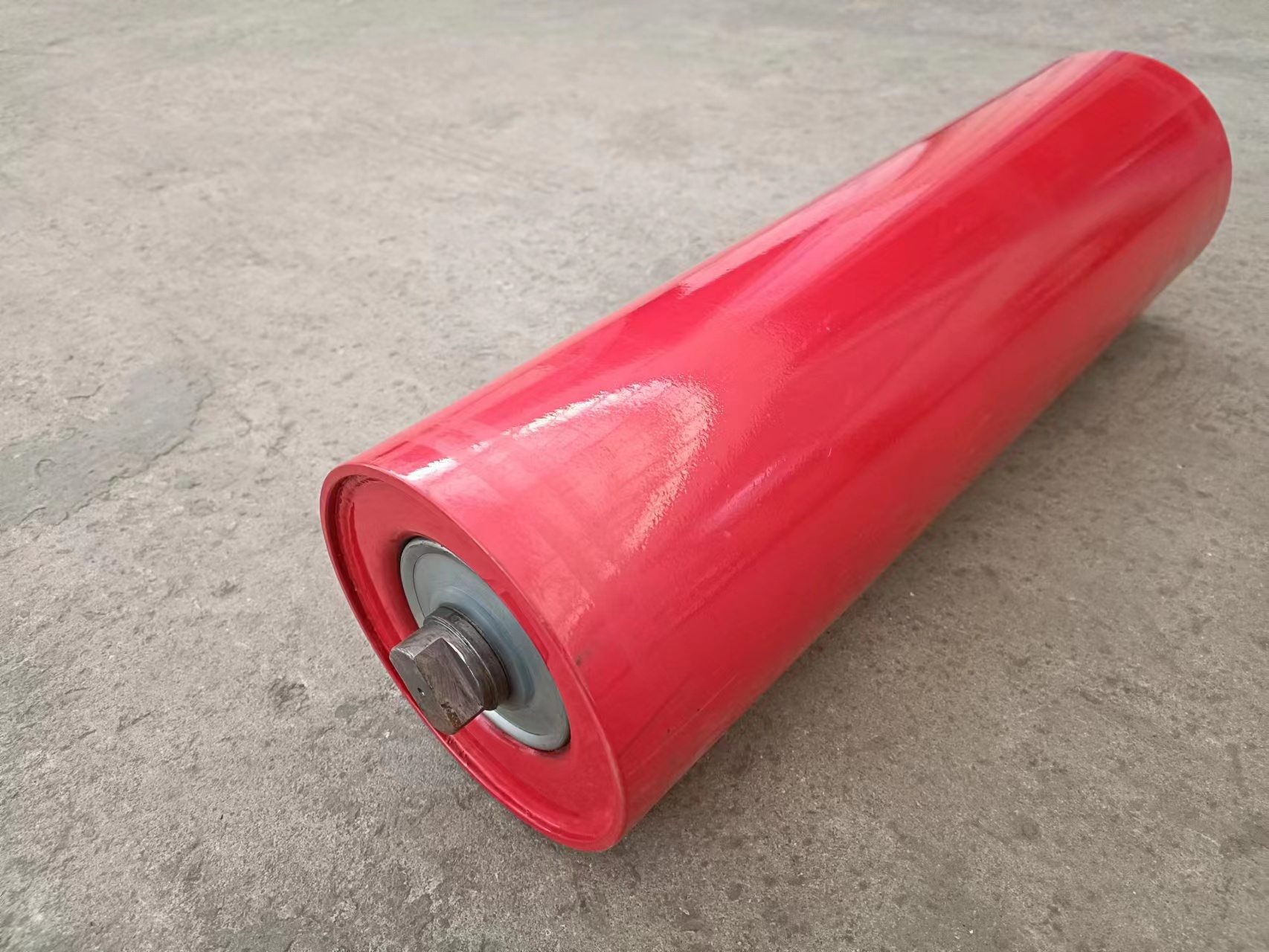 Afrikaans
Afrikaans  Albanian
Albanian  Amharic
Amharic  Arabic
Arabic  Armenian
Armenian  Azerbaijani
Azerbaijani  Basque
Basque  Belarusian
Belarusian  Bengali
Bengali  Bosnian
Bosnian  Bulgarian
Bulgarian  Catalan
Catalan  Cebuano
Cebuano  Corsican
Corsican  Croatian
Croatian  Czech
Czech  Danish
Danish  Dutch
Dutch  English
English  Esperanto
Esperanto  Estonian
Estonian  Finnish
Finnish  French
French  Frisian
Frisian  Galician
Galician  Georgian
Georgian  German
German  Greek
Greek  Gujarati
Gujarati  Haitian Creole
Haitian Creole  hausa
hausa  hawaiian
hawaiian  Hebrew
Hebrew  Hindi
Hindi  Miao
Miao  Hungarian
Hungarian  Icelandic
Icelandic  igbo
igbo  Indonesian
Indonesian  irish
irish  Italian
Italian  Japanese
Japanese  Javanese
Javanese  Kannada
Kannada  kazakh
kazakh  Khmer
Khmer  Rwandese
Rwandese  Korean
Korean  Kurdish
Kurdish  Kyrgyz
Kyrgyz  Lao
Lao  Latin
Latin  Latvian
Latvian  Lithuanian
Lithuanian  Luxembourgish
Luxembourgish  Macedonian
Macedonian  Malgashi
Malgashi  Malay
Malay  Malayalam
Malayalam  Maltese
Maltese  Maori
Maori  Marathi
Marathi  Mongolian
Mongolian  Myanmar
Myanmar  Nepali
Nepali  Norwegian
Norwegian  Norwegian
Norwegian  Occitan
Occitan  Pashto
Pashto  Persian
Persian  Polish
Polish  Portuguese
Portuguese  Punjabi
Punjabi  Romanian
Romanian  Russian
Russian  Samoan
Samoan  Scottish Gaelic
Scottish Gaelic  Serbian
Serbian  Sesotho
Sesotho  Shona
Shona  Sindhi
Sindhi  Sinhala
Sinhala  Slovak
Slovak  Slovenian
Slovenian  Somali
Somali  Spanish
Spanish  Sundanese
Sundanese  Swahili
Swahili  Swedish
Swedish  Tagalog
Tagalog  Tajik
Tajik  Tamil
Tamil  Tatar
Tatar  Telugu
Telugu  Thai
Thai  Turkish
Turkish  Turkmen
Turkmen  Ukrainian
Ukrainian  Urdu
Urdu  Uighur
Uighur  Uzbek
Uzbek  Vietnamese
Vietnamese  Welsh
Welsh  Bantu
Bantu  Yiddish
Yiddish  Yoruba
Yoruba  Zulu
Zulu conveyor parts
Understanding Conveyor Parts and Their Importance in Material Handling
Conveyors are essential tools in modern material handling systems, enabling efficient transportation of goods across various industries. The effectiveness and reliability of a conveyor system largely depend on its individual components, each playing a crucial role in ensuring smooth operation. Understanding conveyor parts is vital for anyone involved in industrial processes, as it helps in maintaining and improving the efficiency of operations.
At the core of any conveyor system is the conveyor belt. The belt serves as the primary medium for carrying materials from one point to another. Different types of conveyor belts are designed to accommodate various materials, such as fabric, rubber, or metal. The choice of belt depends on the characteristics of the materials being transported, including weight, size, and temperature. Regular inspection and maintenance of the conveyor belt are necessary to prevent wear and tear that can lead to unexpected downtimes.
Another critical component is the drive motor, which powers the entire conveyor system. It is essential to choose a motor that matches the conveyor’s specifications in terms of speed and load capacity. A well-selected drive motor ensures consistent performance and longevity of the conveyor system.
conveyor parts

Idlers are another vital part of conveyor systems, as they support the belt and influence its tracking. These rollers are strategically placed along the conveyor's path to reduce friction, support the weight of the materials, and maintain the belt’s alignment. Regular maintenance of idlers is essential to avoid issues that can arise from misalignment, such as increased wear on the belt.
Additionally, pulleys play a significant role in the mechanics of conveyor systems. They are used to guide the conveyor belt and enable it to change direction. Head pulleys, tail pulleys, and snub pulleys each serve specific functions, making it vital to ensure they are properly aligned and functioning.
Safety is paramount in any material handling operation, and conveyor systems are no exception. Safety guards and emergency stop buttons are essential parts that enhance worker safety by preventing accidents and allowing for quick cessation of operations in emergencies. Regular safety audits should be conducted to ensure these components are in place and functioning correctly.
In conclusion, understanding the various parts of a conveyor system is crucial for ensuring efficient and safe material handling. Each component, from the conveyor belt and drive motor to idlers, pulleys, and safety features, plays an essential role in the system's overall performance. Proper maintenance, regular inspections, and a thorough understanding of these parts contribute to minimizing downtime and enhancing productivity in industrial operations. Investing time and resources in understanding and managing conveyor parts can yield significant returns in efficiency and safety.
-
Revolutionizing Conveyor Reliability with Advanced Rubber Lagging PulleysNewsJul.22,2025
-
Powering Precision and Durability with Expert Manufacturers of Conveyor ComponentsNewsJul.22,2025
-
Optimizing Conveyor Systems with Advanced Conveyor AccessoriesNewsJul.22,2025
-
Maximize Conveyor Efficiency with Quality Conveyor Idler PulleysNewsJul.22,2025
-
Future-Proof Your Conveyor System with High-Performance Polyurethane RollerNewsJul.22,2025
-
Driving Efficiency Forward with Quality Idlers and RollersNewsJul.22,2025





























